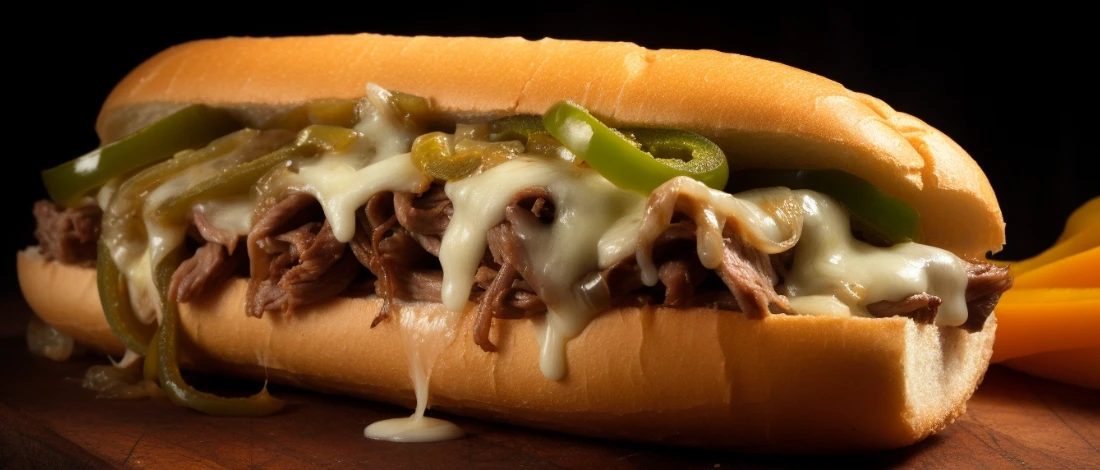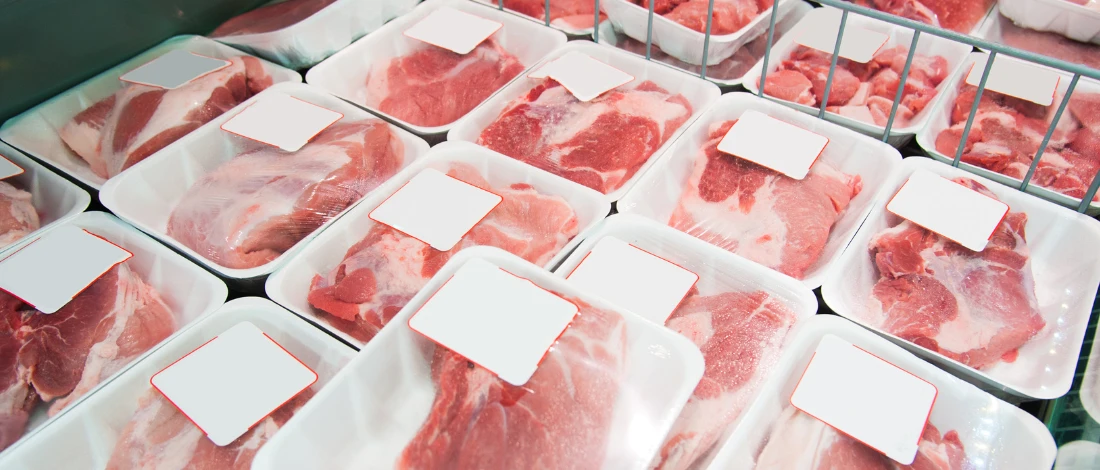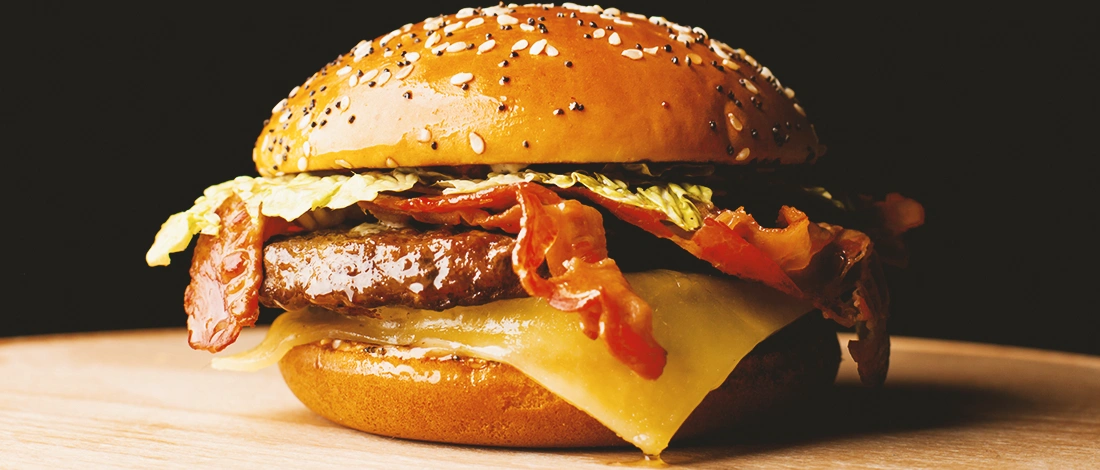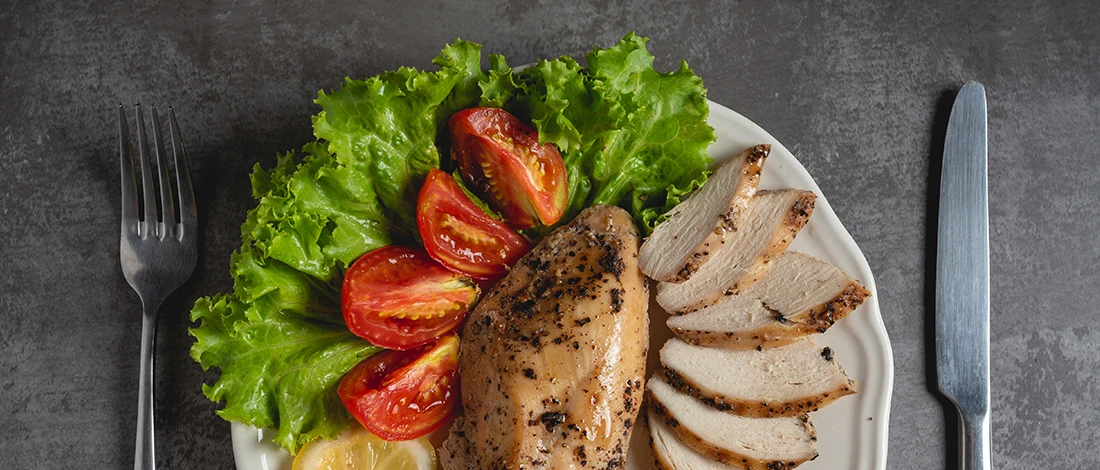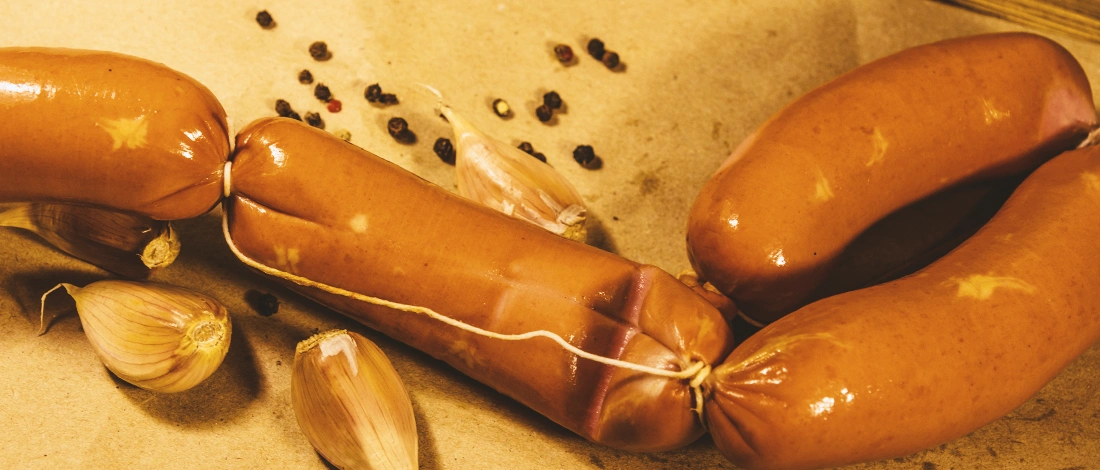Nearly one in five urinary tract infections in Southern California may trace back to E. coli strains found in retail meat, according to new research from George Washington University and Kaiser Permanente Southern California.
The study, published in mBio, analyzed more than 5,700 E. coli samples from UTI patients and nearby grocery stores. Using genetic comparisons, scientists estimated that about 18% of infections were linked to bacteria originating from food animals, particularly poultry.
Lance Price, director of the Antibiotic Resistance Action Center at George Washington University, said the findings double what his team observed in earlier research from Arizona. “When we saw the higher percentage, we knew we needed to understand why,” he said.
E. coli from meat is usually linked to food poisoning, not urinary infections. But researchers say certain strains, known as extraintestinal pathogenic E. coli (ExPEC), can move from the gut to the urinary tract and cause severe illness.
Though many UTIs are mild, some can progress to bloodstream infections and sepsis. The study also found higher infection rates in poorer communities.
Patients from high-poverty neighborhoods were 60% more likely to have UTIs caused by zoonotic strains. Price believes packaging and quality differences in retail meat could play a role, though more research is needed.
Interestingly, these animal-linked strains were less resistant to antibiotics, suggesting that U.S. limits on livestock antibiotic use may be working. Still, experts warn that stronger antibiotic stewardship is crucial in both human and animal medicine.
Public health consultant Gail Hansen said the study is a reminder that antibiotics remain a fragile resource. “We can’t squander the precious resource of antibiotics anywhere,” she noted.
Price advises consumers to treat raw meat as if it’s contaminated—cook it thoroughly, wash hands and surfaces, and prevent cross-contamination. “When you open that package, assume you’ve splattered some bacteria in your kitchen,” he said.
You May Also Like: Beef Prices Climb as Farmers Cut Herds and Costs Bite

